The Eurepean Space Agency’s Mars Express spacecraft’s software will be upgraded after 19 years, to make extended observations.
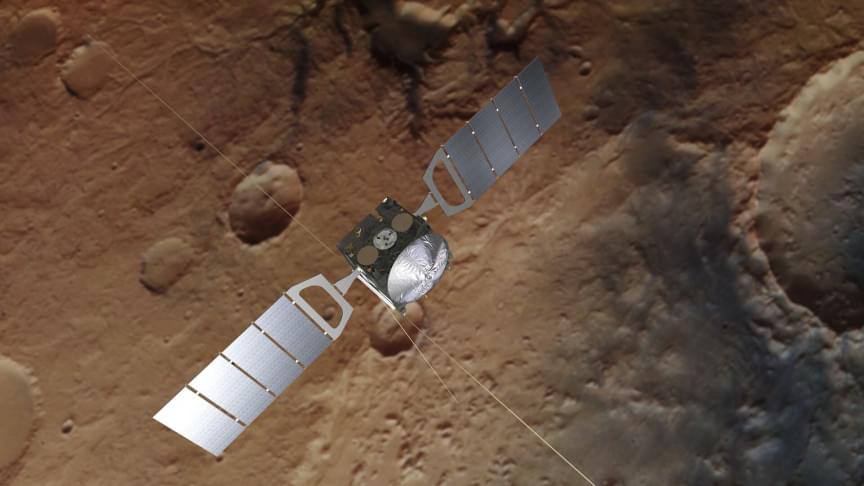

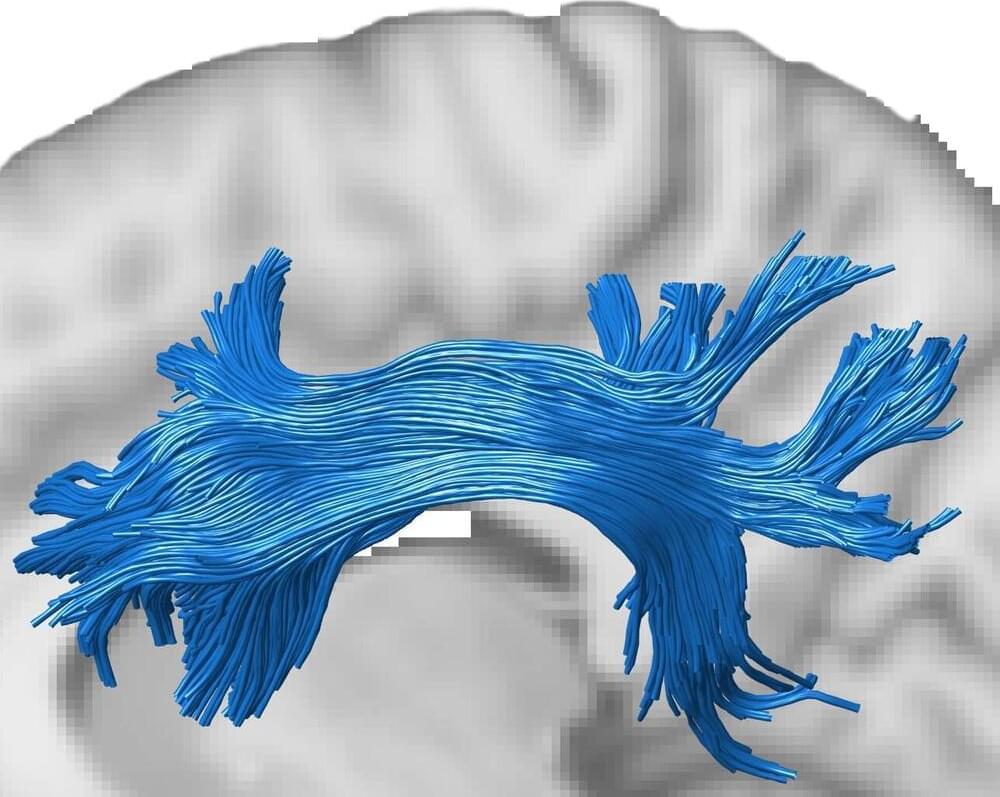
A new GPU-based machine learning algorithm developed by researchers at the Indian Institute of Science (IISc) can help scientists better understand and predict connectivity between different regions of the brain.
The algorithm, called Regularized, Accelerated, Linear Fascicle Evaluation, or ReAl-LiFE, can rapidly analyze the enormous amounts of data generated from diffusion Magnetic Resonance Imaging (dMRI) scans of the human brain. Using ReAL-LiFE, the team was able to evaluate dMRI data over 150 times faster than existing state-of-the-art algorithms.
“Tasks that previously took hours to days can be completed within seconds to minutes,” says Devarajan Sridharan, Associate Professor at the Centre for Neuroscience (CNS), IISc, and corresponding author of the study published in the journal Nature Computational Science.

Korea Brain Research Institute (KBRI, President Pann Ghill Suh) announced on Mar. 4 that its research team led by principal researcher Yoichi Kosodo has developed a technology to mass produce cerebral cortex neurons utilizing Induced pluripotent Stem Cells (iPS). The research outcome will be published in the March issue of Scientific Reports.
Scientists expect that it will be possible to treat brain diseases by restoring damaged area in the brain by mass producing neurons utilizing stem cells even though cerebral neurons die if one suffers from degenerative brain diseases such as dementia and Parkinson’s Disease.
In fact, a research team of Kyoto University in Japan conducted clinical test of transplanting neurons made of iPS into the brain of a patient with Parkinson’s disease. In Parkinson’s disease, neurons that generate the neurotransmitter dopamine die, resulting in symptoms such as muscle stiffness and tremor in hands and feet. Through the clinical test, the patient was treated with new neurons.
A few years ago, Jürgen Knoblich and his team at the Institute of Molecular Biotechnology of the Austrian Academy of Sciences (IMBA) have pioneered brain organoid technology. They developed a method for cultivating three-dimensional brain-like structures, so called cerebral organoids, in a dish. This discovery has tremendous potential as it could revolutionize drug discovery and disease research. Their lab grown organ-models mimic early human brain development in a surprisingly precise way, allowing for targeted analysis of human neuropsychiatric disorders, that are otherwise not possible. Using this cutting-edge methodology, research teams around the world have already revealed new secrets of human brain formation and its defects that can lead to microcephaly, epilepsy or autism.
In a new study published in Nature Biotechnology, scientists from Cambridge and Vienna present a new method that combines the organoid method with bioengineering. The researchers use special polymer fibers made of a material called PLGA) to generate a floating scaffold that was then covered with human cells. By using this ground-breaking combination of engineering and stem cell culture, the scientists are able to form more elongated organoids that more closely resemble the shape of an actual human embryo. By doing so, the organoids become more consistent and reproducible.
“This study is one of the first attempts to combine organoids with bioengineering. Our new method takes advantage of and combines the unique strengths of each approach, namely the intrinsic self-organization of organoids and the reproducibility afforded by bioengineering. We make use of small microfilaments to guide the shape of the organoids without driving tissue identity, ” explains Madeline Lancaster, group leader at MRC Laboratory of Molecular Biology in Cambridge and first author of the paper.
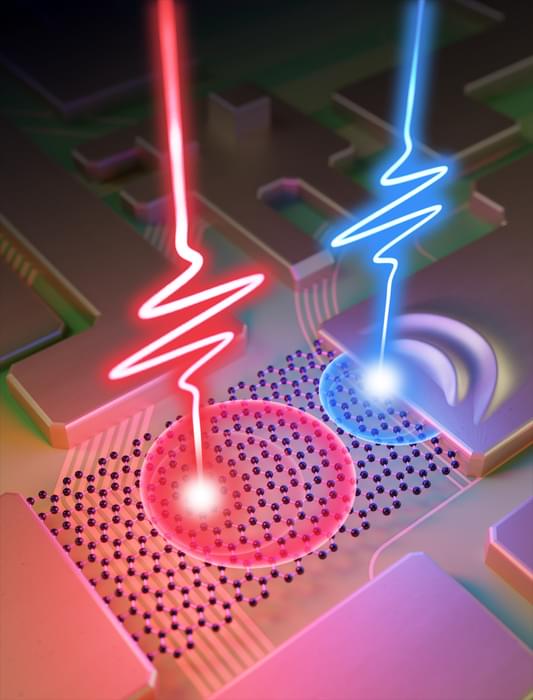
The first logic gate to operate at femtosecond timescales could help usher in an era of information processing at petahertz frequencies – a million times faster than today’s gigahertz-scale computers. The new gate, developed by researchers at the University of Rochester in the US and the Friedrich-Alexander-Universität Erlangen-Nürnberg (FAU) in Germany, is an application of lightwave electronics – essentially, shuffling electrons around with light fields – and harnesses both real and virtual charge carriers.
In lightwave electronics, scientists use laser light to guide the motion of electrons in matter, then exploit this control to create electronic circuit elements. “Since light oscillates so fast (roughly a few hundred million times per second), using light could speed up electronics by a factor of roughly 10 000 as compared to computer chips,” says Tobias Boolakee, a laser physicist in Peter Hommelhoff’s group at the FAU and the first author of a study in Nature on the new gate. “With our present work, we have been able propose the idea for a first light field-driven logic gate (the fundamental building block for any computer architecture) and also demonstrate its working principle experimentally.”
In the work, Boolakee and colleagues prepared tiny graphene-based wires connected to two gold electrodes and illuminated them with a laser pulse lasting a few tens of femtoseconds (10-15 s). This laser pulse excites, or sets in motion, the electrons in graphene and causes them to propagate in a particular direction – so generating a net electrical current.
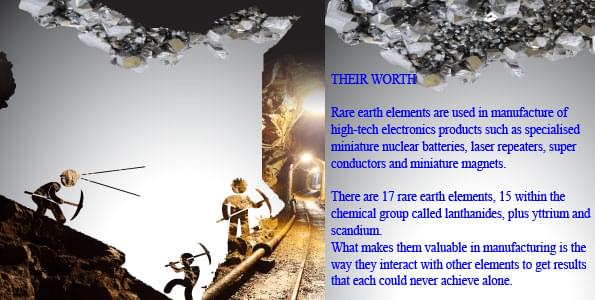
Eric KlienAdmin.
The U.S. government discouraging the opening of new mines is duplicating the problem that Europe had with energy and Russia. (It takes 10 years to get a new mine approved in the U.S.)
Omuterema AkhahendaAdmin.
I dunno if this rare earth is worth anything.
Astronomers spot signs of planets forming around dying stars.

The differences? The new Mayflower—logically dubbed the Mayflower 400—is a 50-foot-long trimaran (that’s a boat that has one main hull with a smaller hull attached on either side), can go up to 10 knots or 18.5 kilometers an hour, is powered by electric motors that run on solar energy (with diesel as a backup if needed), and required a crew of… zero.
That’s because the ship was navigated by an on-board AI. Like a self-driving car, the ship was tricked out with multiple cameras (6 of them) and sensors (45 of them) to feed the AI information about its surroundings and help it make wise navigation decisions, such as re-routing around spots with bad weather. There’s also onboard radar and GPS, as well as altitude and water-depth detectors.
The ship and its voyage were a collaboration between IBM and a marine research non-profit called ProMare. Engineers trained the Mayflower 400’s “AI Captain” on petabytes of data; according to an IBM overview about the ship, its decisions are based on if/then rules and machine learning models for pattern recognition, but also go beyond these standards. The algorithm “learns from the outcomes of its decisions, makes predictions about the future, manages risks, and refines its knowledge through experience.” It’s also able to integrat e far more inputs in real time than a human is capable of.
Leading bipartisan moonshots for health, national security & functional government — senator joe lieberman, bipartisan commission on biodefense, no labels, and the centre for responsible leadership.
Senator Joe Lieberman, is senior counsel at the law firm of Kasowitz Benson Torres (https://www.kasowitz.com/people/joseph-i-lieberman) where he currently advises clients on a wide range of issues, including homeland and national security, defense, health, energy, environmental policy, intellectual property matters, as well as international expansion initiatives and business plans.
Prior to joining Kasowitz, Senator Lieberman, the Democratic Vice-Presidential nominee in 2000, served 24 years in the United States Senate where he helped shape legislation in virtually every major area of public policy, including national and homeland security, foreign policy, fiscal policy, environmental protection, human rights, health care, trade, energy, cyber security and taxes, as well as serving in many leadership roles including as chairman of the Committee on Homeland Security and Government Affairs.
Prior to being elected to the Senate, Senator Lieberman served as the Attorney General of the State of Connecticut for six years. He also served 10 years in the Connecticut State Senate, including three terms as majority leader.
In addition to practicing law, Senator Lieberman is honorary national founding chair of No Labels (https://www.nolabels.org/), an American political organization composed of Republicans, Democrats and Independents whose mission is to “usher in a new era of focused problem solving in American politics.”
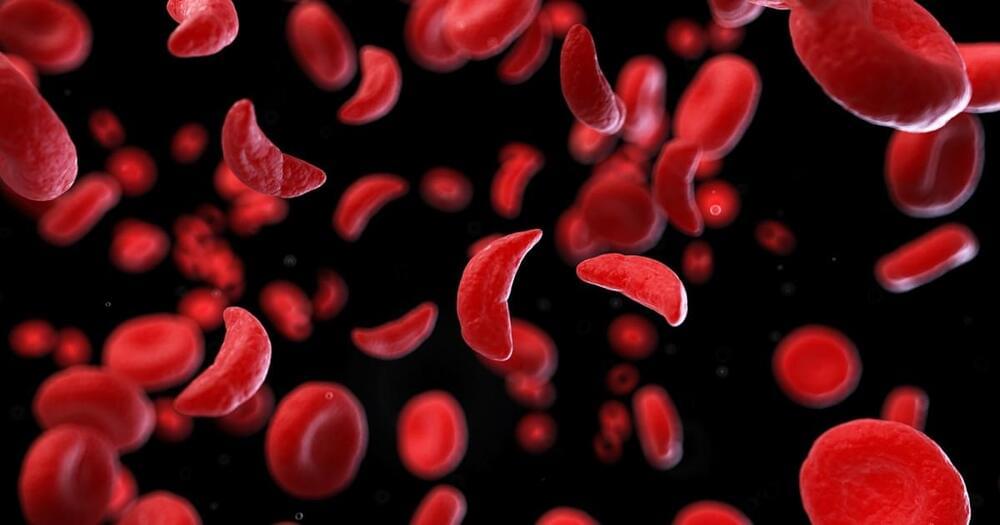

Stacking solar cells increases their efficiency. Working with partners in the PERCISTAND project, researchers at the Karlsruhe Institute of Technology (KIT) have produced perovskite/CIS tandem solar cells with an efficiency of nearly 25%—the highest value achieved thus far with this technology. Moreover, this combination of materials is light and versatile, making it possible to envision the use of these tandem solar cells in vehicles, portable equipment, and devices that can be folded or rolled up. The researchers present their results in the journal ACS Energy Letters.
Perovskite solar cells have made astounding progress over the past decade. Their efficiency is now comparable to that of the long-established silicon solar cells. Perovskites are innovative materials with a special crystal structure. Researchers worldwide are working to get perovskite photovoltaic technology ready for practical applications. The more electricity they generate per unit of surface area, the more attractive solar cells are for consumers.
The efficiency of solar cells can be increased by stacking two or more cells. If each of the stacked solar cells is especially efficient at absorbing light from a different part of the solar spectrum, inherent losses can be reduced and efficiency boosted. The efficiency is a measure of how much of the incident light is converted into electricity. Thanks to their versatility, perovskite solar cells make outstanding components for such tandems. Tandem solar cells using perovskites and silicon have reached a record efficiency level of over 29%, considerably higher than that of individual cells made of perovskite (25.7%) or silicon (26.7%).